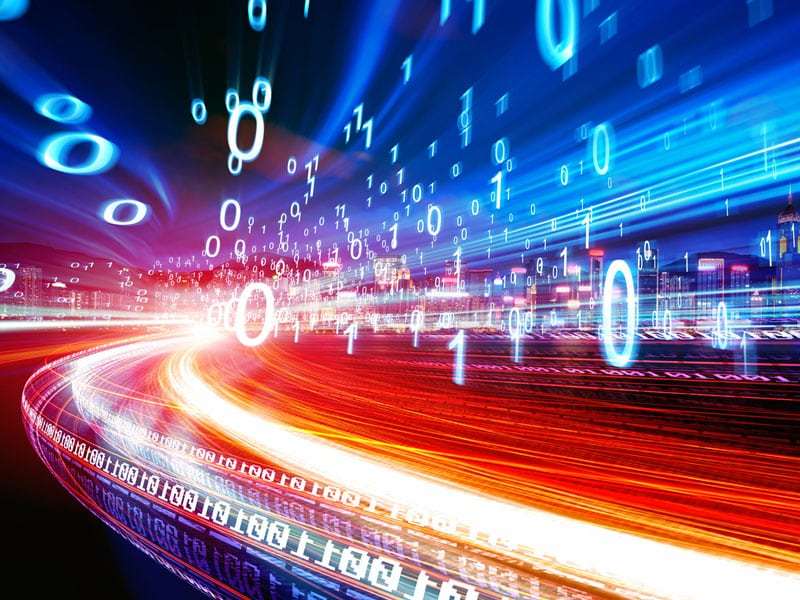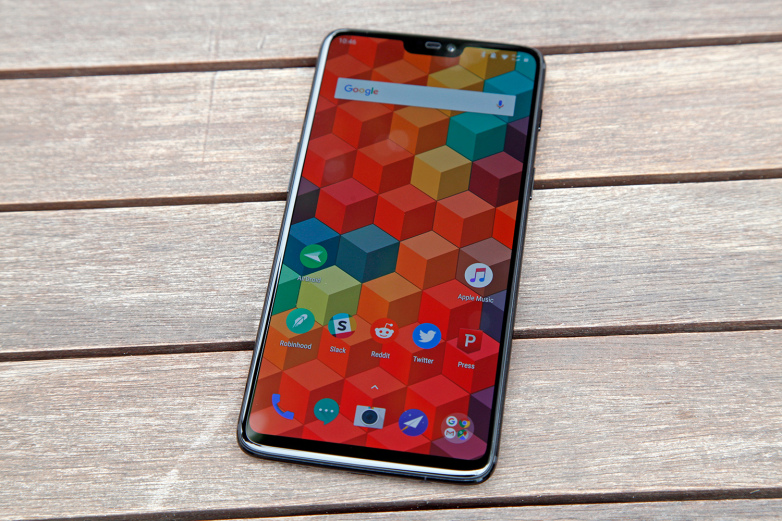
A new computer architecture, which is being developed by IMB scientists, could be much better at handling huge data loads from AI. It is expected to outperform traditional computers thanks to the fact that it is inspired by the human brain.
The computer architecture that draws from the human brain
A recent study, published in the Journal of Applied Physics, describes how the way the brain works could be used to improve our computers. The team of IBM researchers was inspired by the human brain in three different ways. First of all, their idea to force the state dynamics of a memory device to carry out computational tasks in the memory resembles the co-location of the brain’s memory and processing. Secondly, the acceleration of training for deep neural network performed by arrays of PCM (phase change memory) devices was inspired by synaptic network structures in the brain. Lastly, a strong computational substrate for spiking neural networks was based on the stochastic and dynamic nature of synapses and neurons.
The system that is 200 times faster
According to Abu Sebastian, a lead author of the study, performing specific computational tasks in the computer’s memory could improve the efficiency of the system and preserve energy. He said that the new computer architecture “memory has to play a more active role in computing.” Sebastian also admitted that he and his team expected for their system to be an improvement on the conventional computing systems in many ways, but its level of efficiency was much greater than what they anticipated. The results of their research show that they “could achieve 200 times faster performance in the phase change memory computing systems as opposed to conventional computing systems.”
At the moment, the IBM researchers work on developing prototype chips and systems that are inspired by the human brain.
Juana loves to cover the tech and gaming industry, she always stays on the first row of CES conference and reports live from there.






